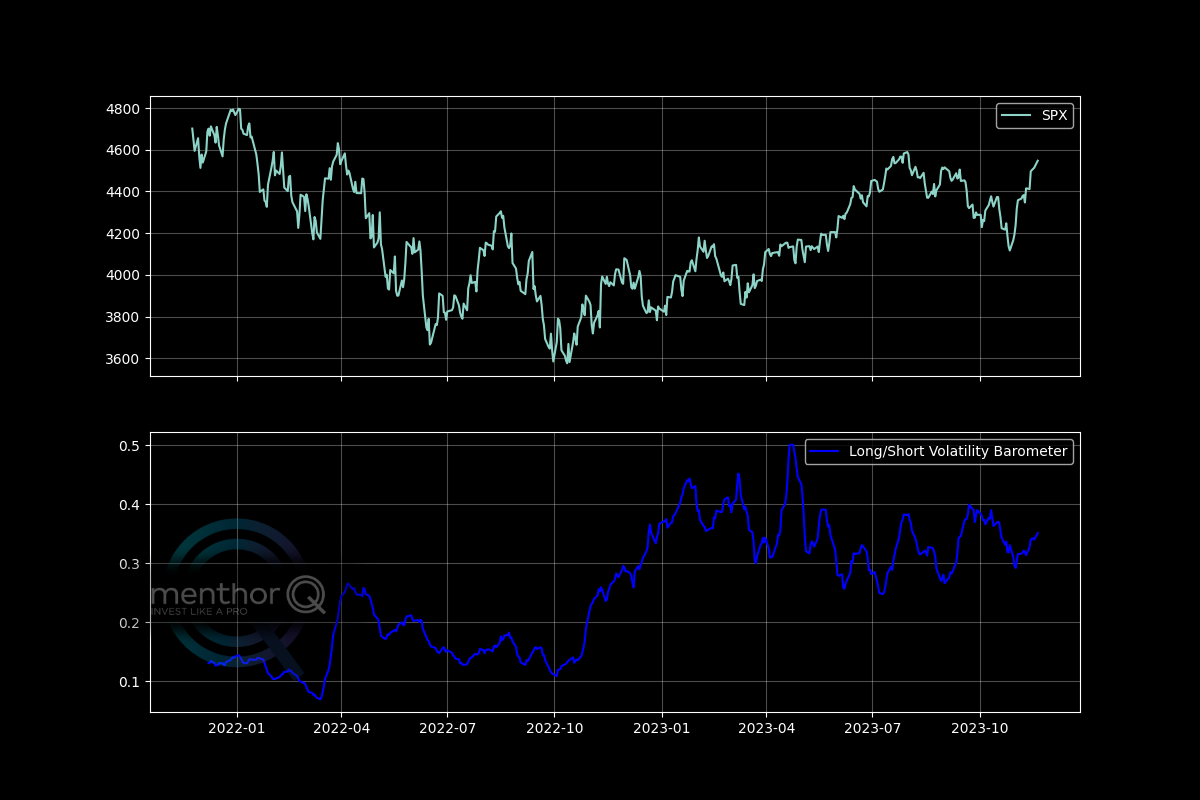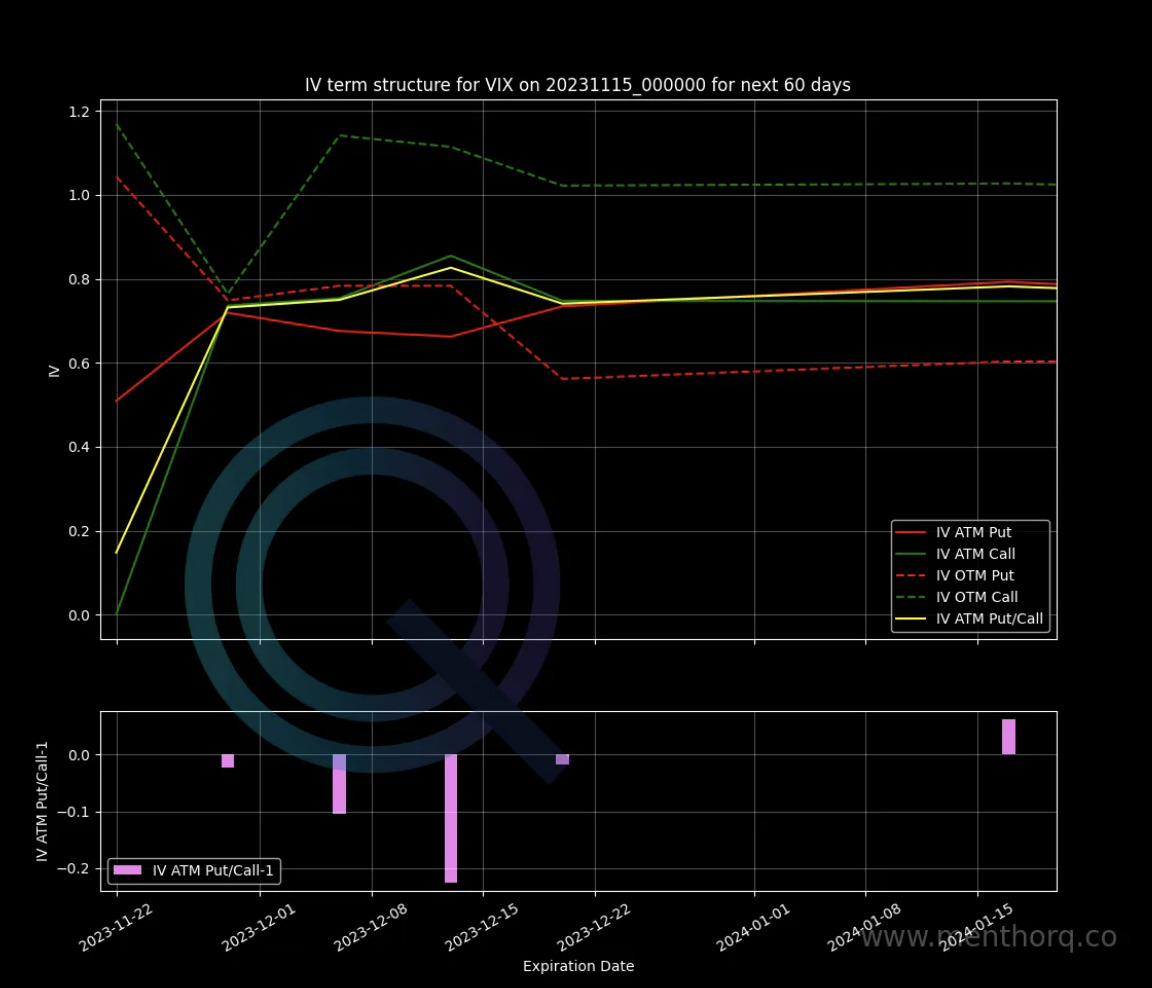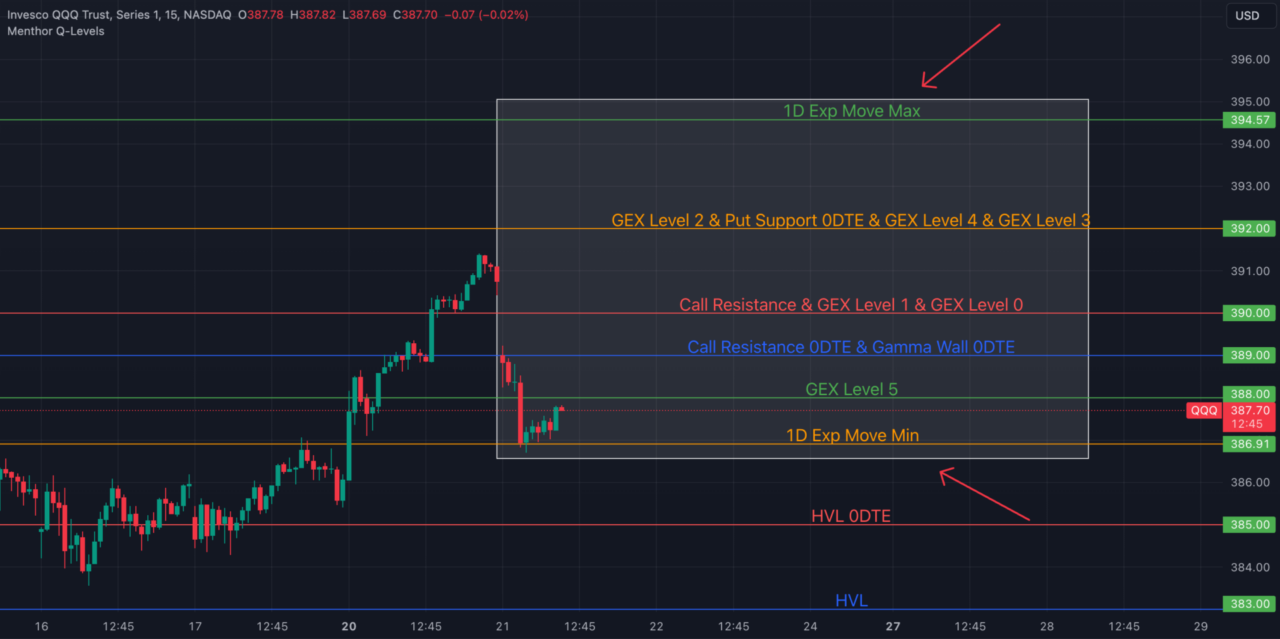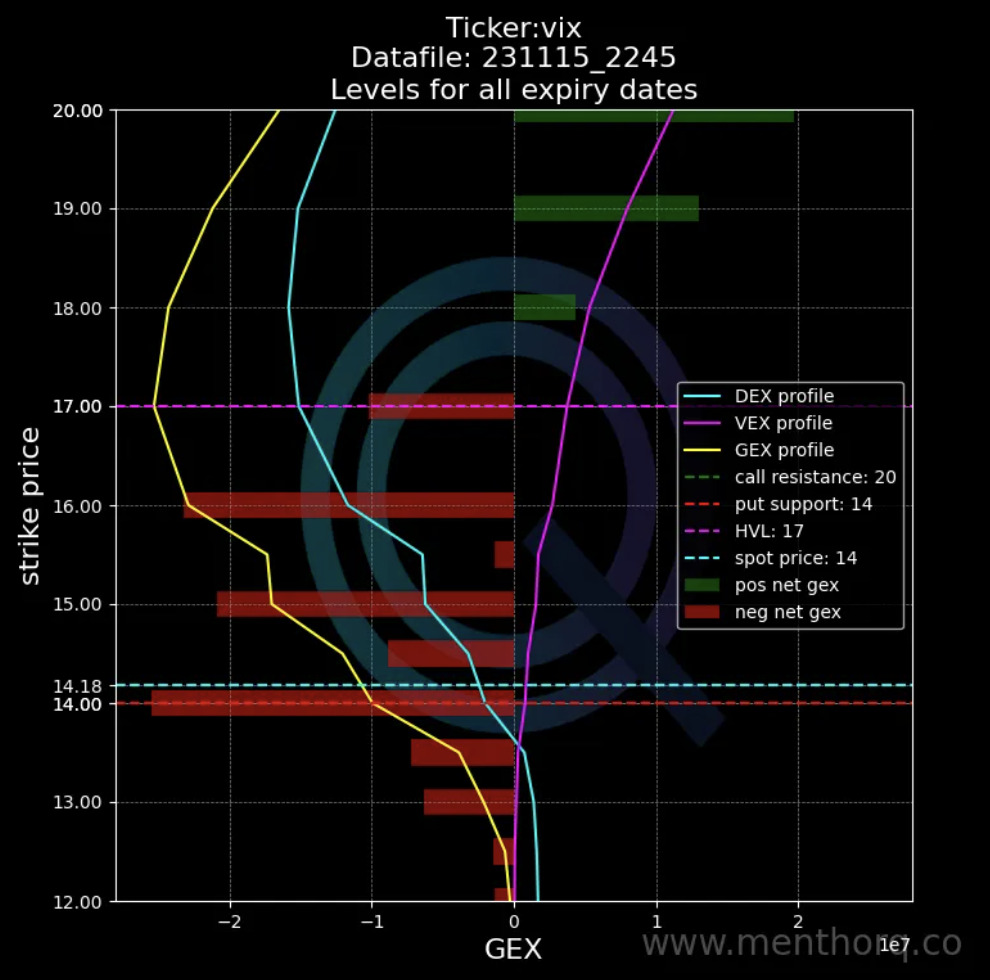Long Short Volatility Barometer

In this post we are excited to present a new indicator: The Long / Short Volatility Barometer (LSVB).
We wanted to create an additional Volatility and Sentiment index that would help us track market sentiment when looking at volatility. More specifically, we looked at market positioning of ETFs.
The underlying data to this are ETFs that go long and short volatility. We look at different data like volumes, open interest and greeks to assess if sentiment is more towards going long volatility or shorting it.
What is the Long Short Volatility Barometer
The Long / Short Volatility Barometer (LSVB) is an index developed to gauge interest in the volatility market.
We analyze different ETFs: half of them short volatility, and the others go long on volatility. Then, we create a proxy for sentiment on volatility using the dollar volume traded in these ETFs.
The result is an index that signals when there is more willingness in the market to short volatility.
- When the LSVB is rising, it means that more people are thinking about shorting volatility, which could be interpreted as bearish on volatility and, therefore, bullish on the S&P 500. In particular, divergence can be useful.
- When the LSVB is decreasing, it means that more people are thinking about buying volatility, which could be interpreted as bullish on volatility and, therefore, bearish on the S&P 500.
In particular, divergence can be useful. For example, in the recent selloff, the LSVB hasn’t followed the SPX direction, and this could be interpreted as the market thinking that the selloff isn’t going to continue for long. Clearly, it isn’t a prediction; it is only reflecting what the market is thinking by looking at data from options positioning.

This is another index that you can use in conjunction with other volatility charts. Here are just some other charts that you may want to use.
VIX Term Structure
What you can do with the term structure, is analyze volatility per put and call in time. This can give you a good idea what maturities are getting hit.

1D Expected Move Indicator
Next we can take a look at the 1D expected move. What we do here, is take volatility and create a range for the next day. Once again, that range is a projection, but it can help you understand based on volatility where the VIX may be going. Below you can find a backtesting exercise of the 1D Move on the SPX Index.
Backtesting Results: 1D Exp Move Indicator on SPX Index

Net GEX Chart
We can then look at the Net GEX, looking at gamma exposure for the VIX.

Finally, you want to look at positioning in the SPX, and also check via the Liquidity Snapshot and the Option Matrix whether the market is in positive or negative gamma.
As you know negative gamma drives volatility. Once you have done this exercise, you can layer on top the new Long Short Volatility Barometer to assess sentiment in the ETF market.
You can find these Models within our Premium Membership.
